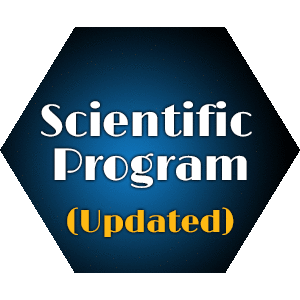
Moro O Salifu
SUNY Downstate Medical Center, USA
Title: The role of F11R antagonists in neointimal hyperplasia in dialysis vascular accesses
Biography
Biography: Moro O Salifu
Abstract
Neointimal hyperplasia (NIH) is the proliferation and migration of smooth muscle cells from the media into the intima in response to vessel injury resulting in luminal narrowing. It is initiated by arterial wall damage induced mechanically or by shear stress resulting from high flow, pressure, and turbulence. The damaged endothelium exposures ligands that attract platelets and recruitment of inflammatory cells and release of cytokines (PDGF, TNF, IL1b, FGF, TGFb, etc.), that facilitate vascular smooth muscle cell proliferation and migration. Clinically, NIH may be the primary underlying lesion in vasooclusive diseases such as stenosis observed in artero-venous fistulas, artero-venous grafts and arterial bypass grafts or secondarily associated with the development of atherosclerosis. Although many advances have been made in the primary and secondary prevention of atherosclerosis, including the use of statins and antiplatelet agents, the approach to NIH using several pharmacologic agents have failed largely because none of the agents address the pathophysiology of NIH, which is an entirely different entity from atherosclerosis. Our group was the first to demonstrate the important role of the F11 receptor (F11R)/JAM-A), in human smooth muscle cell (HSMC) proliferation and migration in vitro. We demonstrated that HSMC exposed to three cytokines TNFï¡, INF ï§, and ILï¢ expressed F11R resulting in proliferation and migration. When F11R was partially knocked down using F11R siRNA, HSMC proliferation and migration was abrogated suggesting that inflammation-induced release of cytokines in blood vessels may induce the expression of F11R, which in turn, would cause the migration and proliferation of activated human HSMC into the intimal layer. Utilization of F11R inhibitors, therefore, represents a logical intervention for pharmacologic prevention and regression of NIH. In this presentation, we will explore the role of F11R in the pathogenesis of NIH and F11R inhibitors as potential therapeutic agents.

